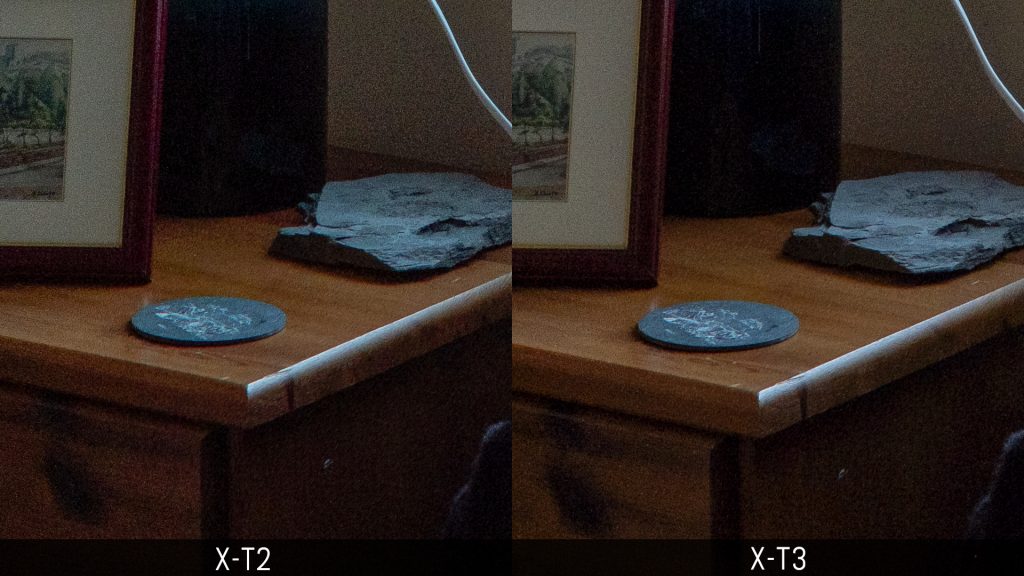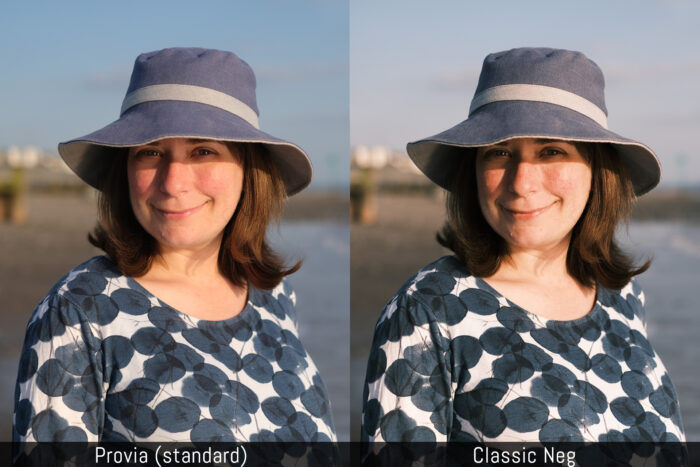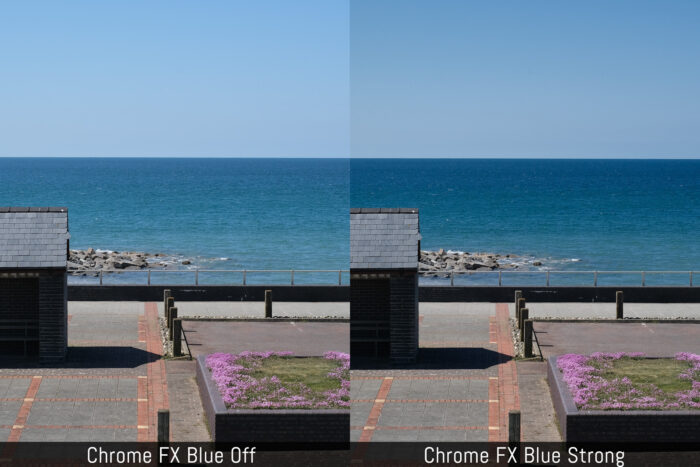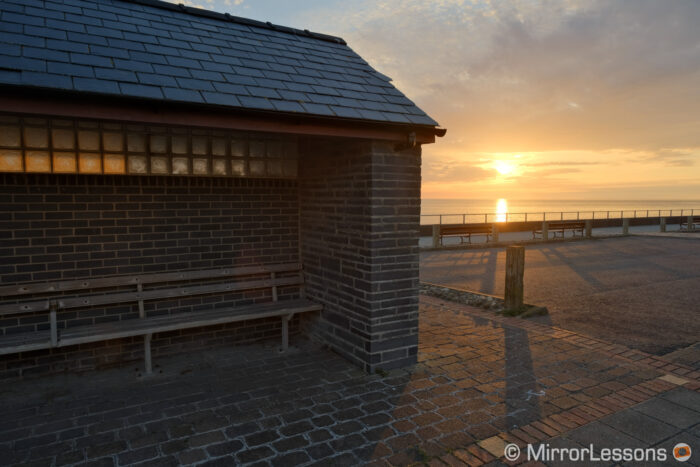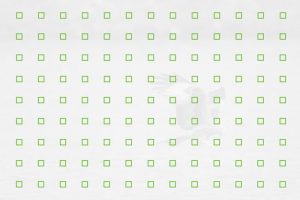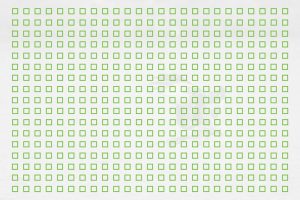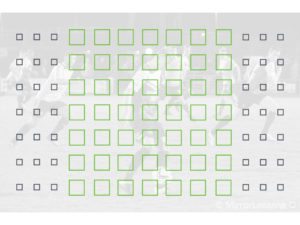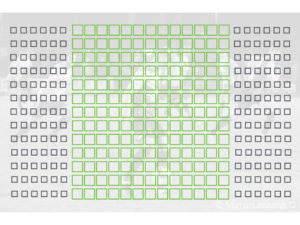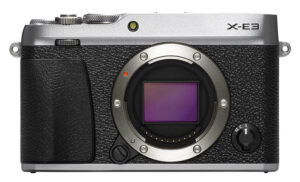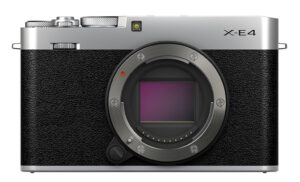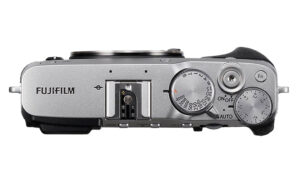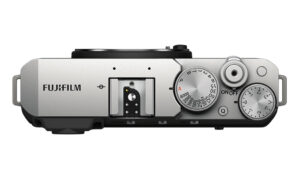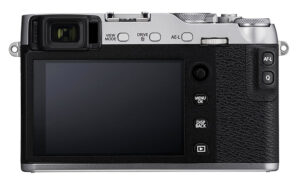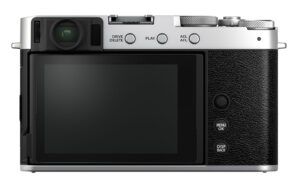The X-E4 is the most recent model in the X-E line-up and the latest to receive the fourth generation sensor and AF system amongst Fujifilm cameras with X-Trans technology. It arrives more than three years after the X-E3.
Let’s have a look at what the new camera brings in comparison to its predecessor.
Ethics statement: the following is based on our direct experience with the X-E3 and official information about the X-E4. We were not asked to write anything about these cameras, nor were we provided with any sort of compensation. Within the article, there are affiliate links. If you buy something after clicking the link, we will receive a small commission. To know more about our ethics, you can visit our full disclosure page. Thank you!
1. Sensor
The X-E3 features the third generation X-Trans sensor with 24.2MP and the X-Processor Pro, whereas the X-E4 has the latest chip with 26.1MP and a BSI design (back-illuminated), as well as the faster X-Processor 4 CPU.
The ISO range is slightly different: the X-E3 starts at ISO 200 (or ISO 100 with extended values) and tops out at ISO 12800 (or 51200 with the extended values). The X-E4 does the same except for the base ISO, which starts at 160 (or 80).
The difference in resolution is negligible, and when we compared the two sensors in the past (in our X-T2 vs X-T3 full comparison), we found the 26MP sensor to have a bit more shadow recovery but also a bit more noise at high ISOs. Overall though, there are no drastic differences in image quality on either side.
More than image quality, the new sensor and processor help the X-E4 to receive all the latest software tweaks concerning colour profiles and the AF algorithm (more on this below), as well as providing a faster sensor readout that increases the continuous shooting speed and reduces rolling shutter when using the electronic shutter.
2. Film Simulation modes
As I wrote in the previous chapter, the X-E4 has the latest image processor and software, which includes additional film simulation modes (picture profiles) and image settings in comparison to the X-E3.
More specifically, the X-E4 has:
- three extra film simulation modes (Classic Neg, Eterna and Eterna Bleach Bypass)
- Colour Chrome effect which reproduces deeper colour and gradations for red or blue
- extra image settings such as Clarity
Note that you can learn more about these extra settings in our X-T3 vs X-T4 full comparison.
Additionally, the X-E4 has an HDR mode that combines three shots into one with more shadows and highlights preservation. You can read more about this feature in our dedicated article.
3. Autofocus
The X-E4 inherits the same AF system and AF algorithm seen on the X-T4 and X-S10.
This means a faster acquisition speed of 0.002s, more advanced subject tracking and face/eye detection, as well as better performance in low light with a minimum sensitivity of -7Ev (with the XF 50mm f1.0), or -6Ev with a f1.4 aperture (vs -3Ev on the X-E3).
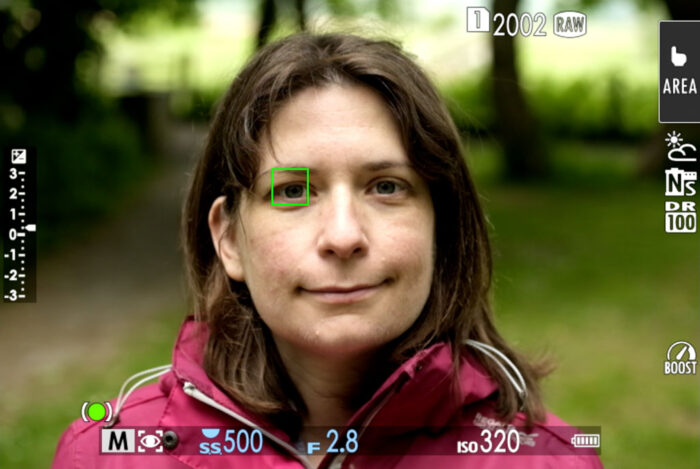
The X-E4 also has more autofocus points: 117/425 (depending on the settings used) versus 91/325 points on the X-E3. What’s more, the X-E3 uses phase detection points (in green in the illustrations below) only at the centre of the frame, whereas they are present across the entire sensor area on the X-E4.
4. Continuous shooting
The X-E4 is a faster camera than the X-E3 when it comes to processing power, and this is also confirmed by the continuous shooting speed.
When using the mechanical shutter, they both top out at a maximum of 8fps.
With the electronic shutter however, the X-E4 can shoot as fast as 20fps, or 30fps with a 1.25x sensor crop.
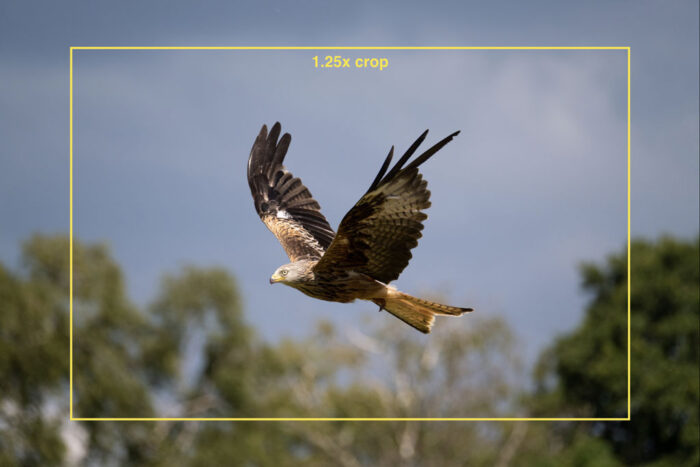
There is a special feature called Pre-Shot that allows you to save images before fully pressing the shutter button. What’s more, these speeds happen with live view and no blackouts in the EVF or LCD screen.
The X-E3 can go up to 14fps with the e-shutter by comparison.
5. Video
Both cameras can record 4K up to 30fps without a sensor crop but in the case of the X-E3, it’s not a full pixel readout which means there is a bit more aliasing and less crisp details.
The X-E4 has extra specifications and settings:
- 4K DCI format (17:9)
- up to 200Mbps (vs 100Mbps on the X-E3)
- Slow motion in Full HD up to 240fps (the X-E3 doesn’t have the High Speed movie option and the normal 1080p mode goes up to 60fps)
- F-Log profile with F-Log View Assist (internal recording)
- 10-bit 4:2:2 output via HDMI
- Tally light
- Zebra pattern and time-code
Below you can see what the 240fps mode looks like. The video was make with the X-T4, but the X-E4 uses the same technology.
The X-E4 is also better equipped with audio connections: it has a 3.5mm input and a headphone output via the USB C port (the mini-jack adapter is included in the box). The X-E3 has a 2.5mm jack input only.
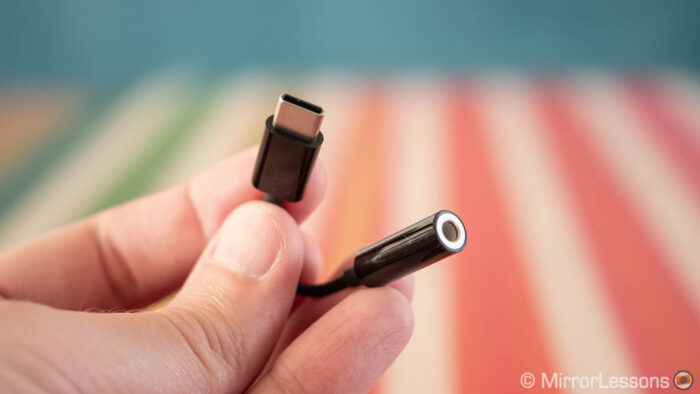
6. LCD screen
The X-E line has kept a fixed rear screen for all three generations. With the X-E4, Fujifilm has changed direction (most likely because of customer feedback) and gave the camera a tilting LCD screen that can be flipped up to 180˚, making it more selfie / v-log friendly.
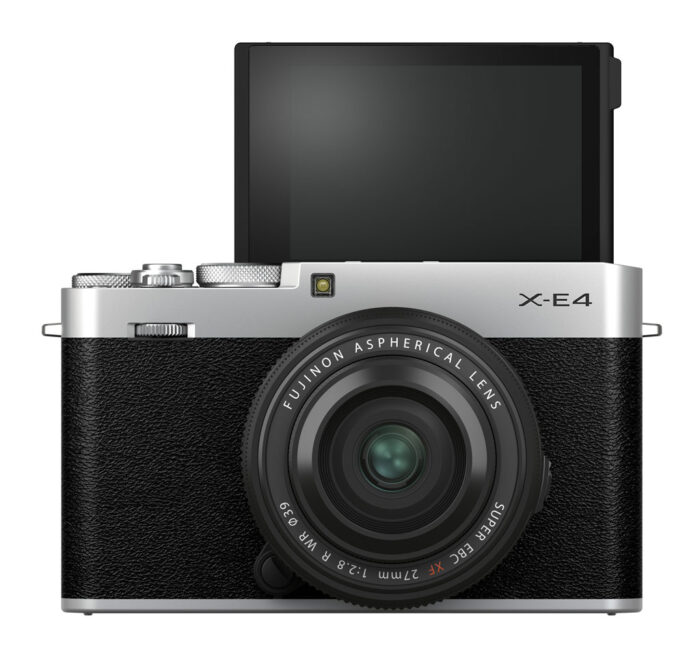
Both screens are touch sensitive and allow you to do various things like take a picture, move the focus point or change settings by flicking from left, right, top or bottom (a replacement for the 4-way physical buttons).
The X-E4 screen also has more resolution (1.62M vs 1.04M dots).
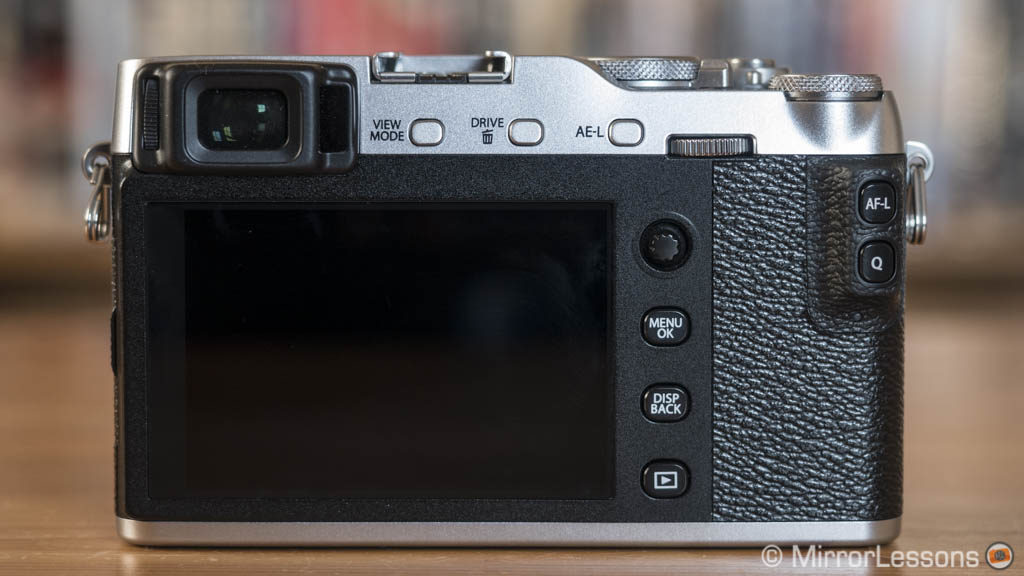
7. Viewfinder
Most of the electronic viewfinder characteristics are the same on both cameras: 0.39-in OLED panel, 0.62x magnification, 2.36M dots and a 17.5mm eyepoint.
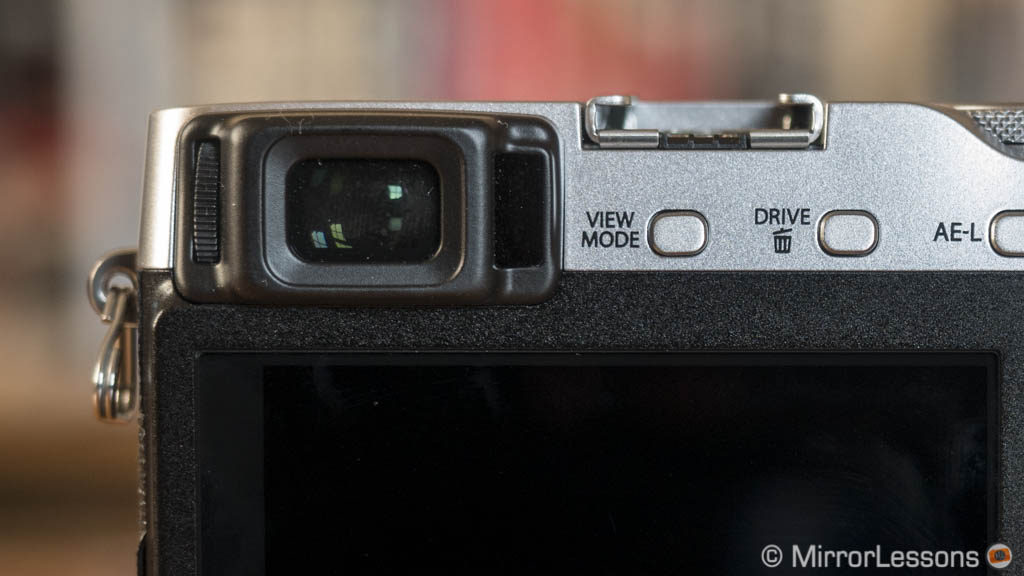
What’s new on the X-E4 is the boost mode (available with two settings: low light and resolution priority).
8. Design tidbits
The two cameras are very similar when it comes to the main shape of the body, but with the X-E4 Fujifilm has decided to get rid of all the non-essential elements to make the camera as simple and minimalistic as possible, as well as make more room for your thumb at the rear.
On the front, the small grip found on the X-E3 is no longer present and there are also fewer curves, allowing for a flatter design reminiscent of the latest X100 models. The small thumb grip on the rear is also gone.
On top, the Auto switch has been replaced by the Q button which was previously found on the rear.
Speaking of the rear panel, the X-E4 has fewer buttons (5 vs 9 found on the X-E3). Also the rear command dial has been ditched.
The dimensions remain similar with the X-E4 being a bit heavier than its predecessor.
- X-E3: 121.3 x 73.9 x 42.7mm, 337g
- X-E4: 121.3 x 72.9 x 32.7mm, 364g
Neither camera is weather sealed. The top plates are made of magnesium alloy.
9. Battery life
Both cameras use the same battery unit, the NP-W126S, but the X-E4 seems to be more efficient and has a better CIPA rating of 460 shots vs 350 frames on the X-E3.
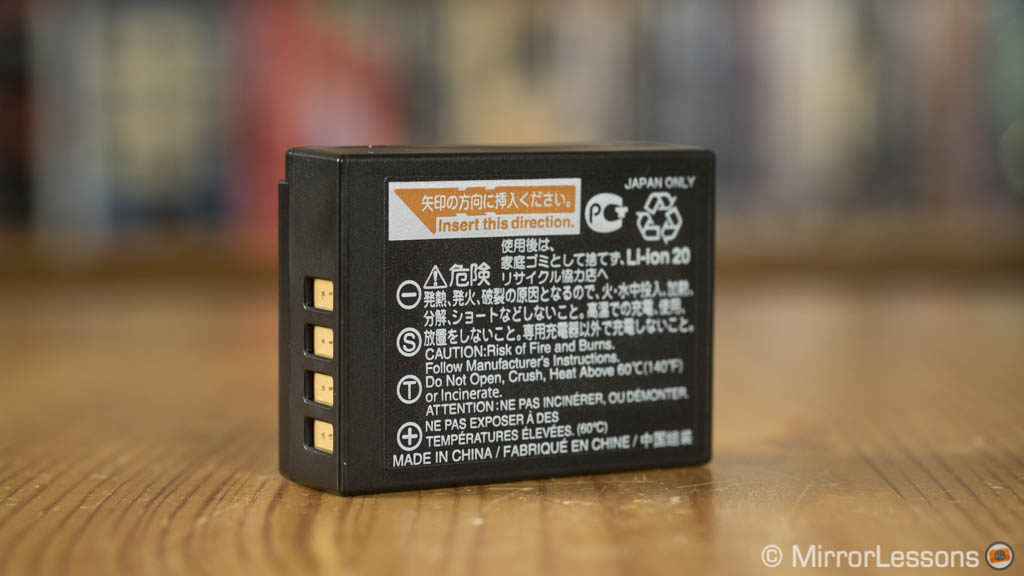
Both cameras can be charged via USB.
10. Price
The X-E3 has been discontinued in the US. At the time of publishing, it can still be found in Europe for £350 or €500 for the body only. I suspect it will remain available until retailers empty their stock. Of course, you may continue to find it second hand.
The new X-E4 starts at $850 / €920 for the body only. There is a new kit lens bundle for it with the updated 27mm 2.8 II ($1050 or €1120).
Note: prices as of late January 2021.
Conclusion
The original X-E1, launched in 2012, was Fujifilm’s second mirrorless APS-C body and, at the time, provided the same sensor as the flagship X-Pro1 in a smaller and less expensive package.
A lot has happened since then. Fujifilm has added no fewer than three line-ups, with the X-T series becoming the most popular to date.
One could argue that there wasn’t the need for an X-E4, but since this series has always had its small share of loyal customers (like the X-Pro line), it is not surprising to see Fujifilm updating the camera, also considering that the X-E3 is more than three years old and uses the old sensor.
But aside from the latest technology, does the X-E4 bring something interesting to the table for X-E users?
I think the easiest feature to point out is the 180˚ tilting LCD screen, as well as the extra video features. It is obvious that Fujifilm doesn’t want to risk excluding things that might please the ever growing V-Log crowd.
I’m not convinced by the design changes however. I understand the desire to make the camera more minimalistic and “straight to the point”, and I like the aesthetics of it, but it can also sacrifice the ease of use for those who want to do a bit more than just change exposure settings. Granted, there is the touch screen, but good old-fashioned buttons still have a place, especially on a camera like this.
I think the real strength of the X-E4, like its predecessor, are the compact dimensions. Without the protruding EVF of the X-T series, it really is a tiny and lightweight camera. Use it with small primes such as the new 27mm 2.8 II and it is the most portable X-series you can find (aside from the non-interchangeable-lens X100V).
What do you think? Do you like the new X-E4? Let us know in the comments below!
Reminder: the links below are affiliate links. If you decided to buy something after clicking the link, we will receive a small commission.
Check the price of the Fujifilm X-E3 on
Amazon | Amazon UK | B&H Photo | eBay
Check price of the Fujifilm X-E4 on
Amazon US | Amazon UK | B&H Photo | eBay

